22 Nov
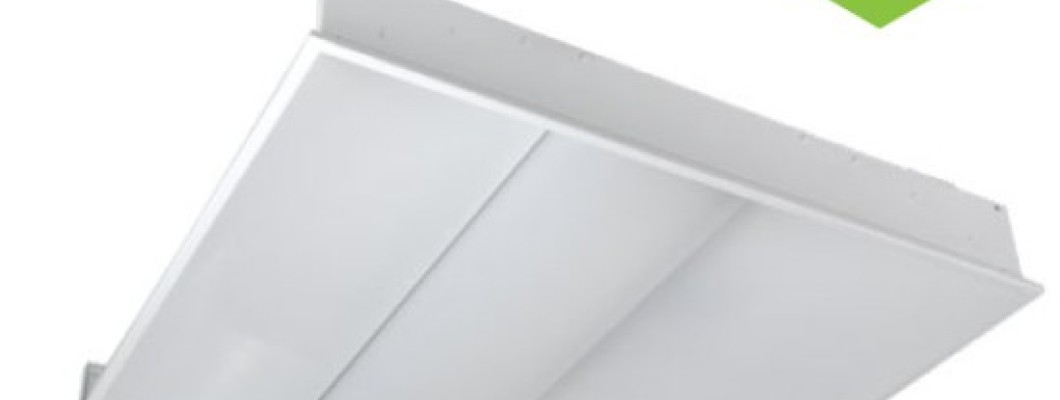

Why is LED Lighting Preferred for Commercial Office Spaces?
LED lighting is preferred for commercial office spaces due to its energy efficiency, long lifespan, and low maintenance costs. Unlike traditional lighting, LEDs consume less energy, helping businesses reduce their energy bills and carbon footprint. They also last significantly longer, with some lasting over 50,000 hours, which reduces the frequency of replacements. Furthermore, LEDs offer high-quality light, with adjustable colour temperatures that enhance productivity and comfort in the office. Additionally, their flicker-free design helps prevent eye strain, making LEDs a more comfortable and sustainable choice for modern office lighting.
What Are the Benefits of Using LED Panel Lights in Offices?
There are a number of advantages to using LED panel lights in offices. By removing harsh shadows and glare, they offer uniform and consistent illumination over wide areas. This is crucial for minimising eye strain and preserving a comfortable working environment. Because LED panels use less energy than conventional lighting, they result in cheaper operating expenses. Additionally, they last a long time, which lowers the need for bulb changes. Additionally, because LED panel lights come in a range of sizes and colour temperatures, organisations can select the perfect illumination to meet their unique requirements and provide a productive environment.
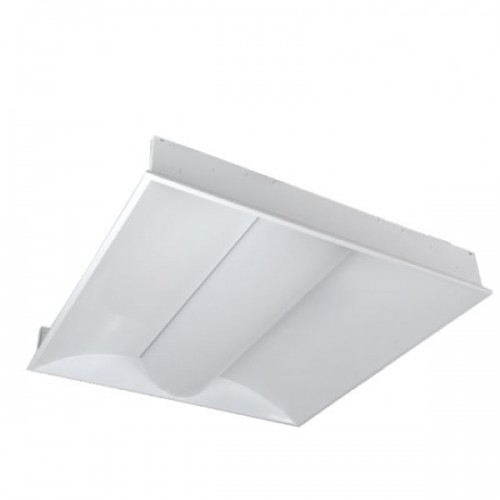
What Are the Lighting Regulations for Commercial Office Buildings?
Lighting regulations for commercial office buildings are outlined by various standards and guidelines, including the Building Regulations 2010 (England and Wales) and the Health and Safety at Work Act. These regulations ensure that offices are adequately illuminated for safety and productivity. The British Standard for lighting (BS 5266) covers emergency lighting, while BS EN 12464-1 specifies lighting for indoor workplaces. Additionally, lighting systems must comply with energy efficiency regulations, such as the Energy Performance of Buildings Directive. Employers are also responsible for ensuring that the lighting does not cause discomfort, glare, or eye strain for employees.

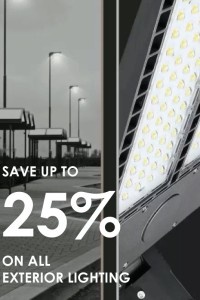
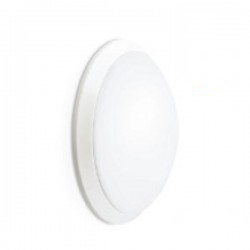
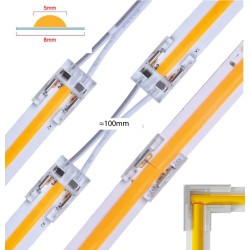
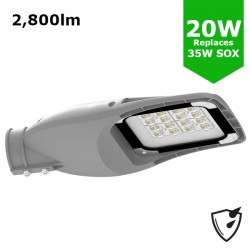
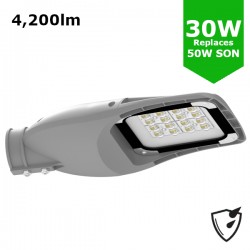
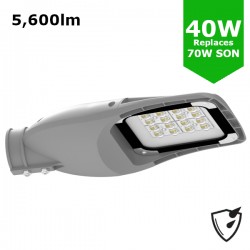
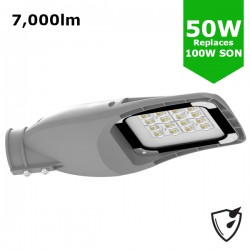
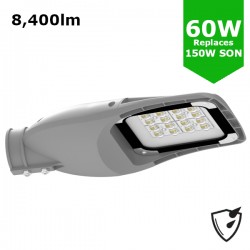
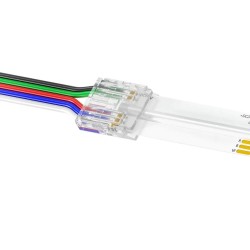

Leave a Comment